1. Limit Outdoor Time
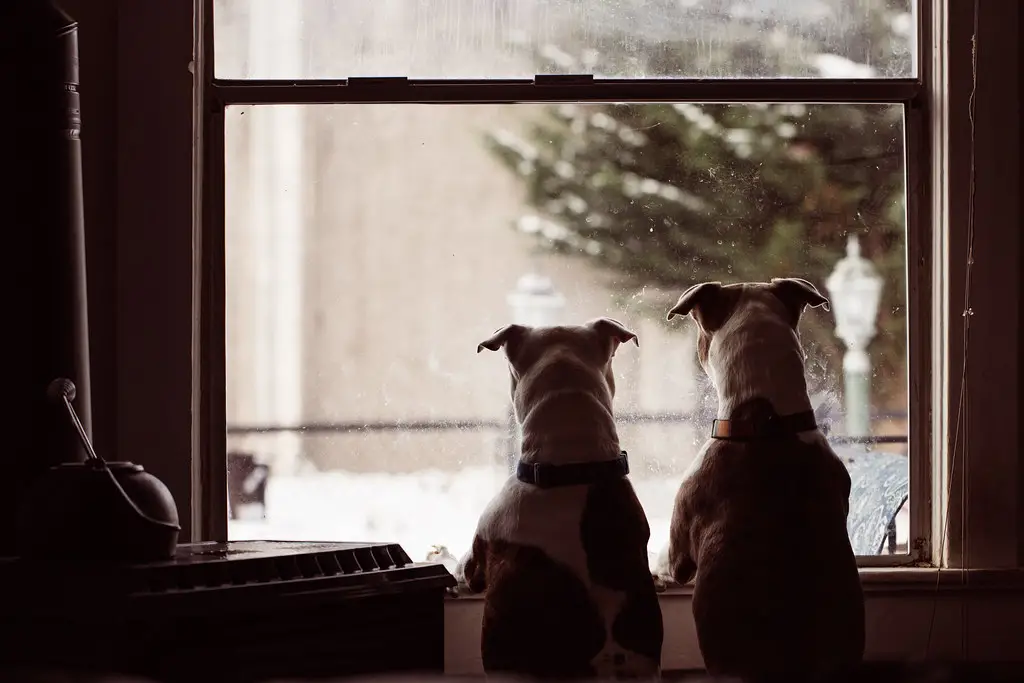
While some pets love frolicking in the snow, extended exposure to freezing temperatures can lead to frostbite or hypothermia. To minimize risk, limit your pet’s outdoor time to only what is necessary, such as bathroom breaks or short walks. Always supervise them while they’re outside to ensure they don’t linger too long. According to the Ontario SPCA and Humane Society, owners can observe their behavior for signs of discomfort, like lifting their paws off the ground, shivering, or whining.
If you notice these signs, it’s time to head back inside. Consider adjusting your pet’s schedule to avoid outings during the coldest parts of the day, such as early mornings or late evenings. Additionally, provide extra attention to pets that are older, young, or have medical conditions, as they are more vulnerable to the cold. By keeping outdoor exposure brief and purposeful, you can help protect your pets from the dangers of freezing weather.
2. Provide Adequate Shelter
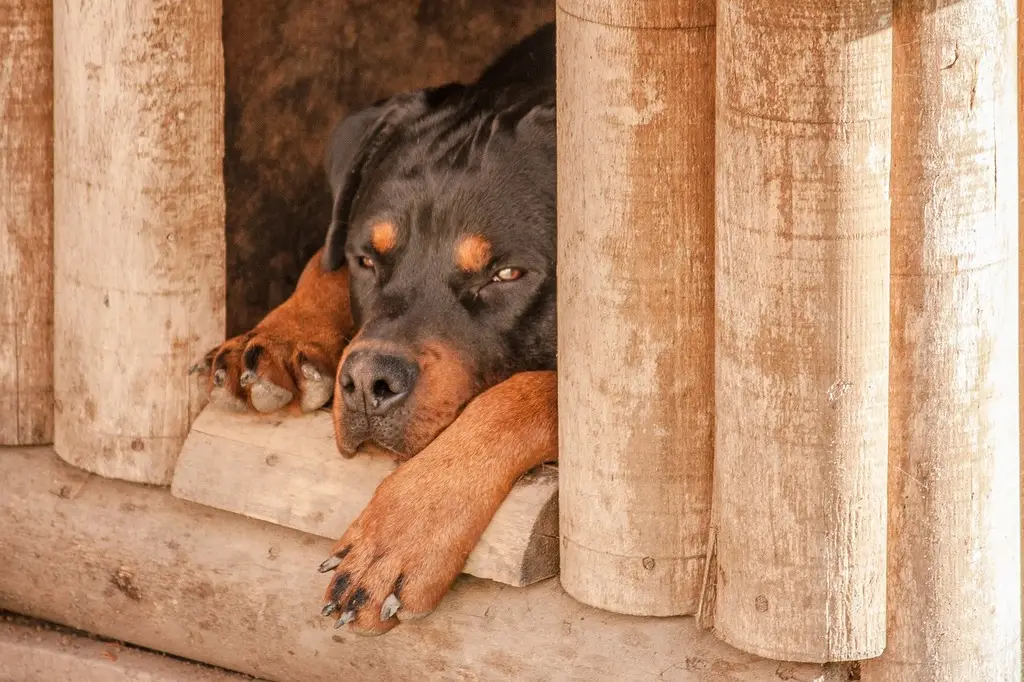
If your pets spend time outdoors, ensure they have a warm, insulated shelter to retreat to. According to the Ohio Animal Advocates, the shelter should be raised off the ground and equipped with waterproof materials to prevent moisture from seeping in. Add plenty of bedding, such as straw, hay, or thick blankets, to provide warmth and comfort. Check the shelter frequently to ensure it remains dry and clean, as damp bedding can lead to hypothermia. Make sure the entrance is shielded from wind and cold air, using a flap or door if possible.
For pets that are accustomed to staying outside, the shelter becomes their haven, so it’s important to make it as cozy as possible. Additionally, position the shelter in a sunny or sheltered spot to maximize warmth. Regularly check your pet’s condition if they’re using outdoor accommodations to ensure they’re staying safe. Remember, even with the best shelter, extreme temperatures may still necessitate bringing your pets indoors.
3. Bundle Them Up

Small or short-haired breeds are particularly vulnerable to the cold, as they lack the natural insulation of a thick coat. Pet sweaters, jackets, and coats can provide a valuable layer of warmth, especially during outdoor trips. Look for options that are snug but not too tight, allowing your pet to move comfortably. For added protection, consider booties to shield their paws from ice, snow, and harmful de-icing chemicals. While some pets may initially resist wearing clothing or booties, gradual introductions and positive reinforcement, as discussed by The Spruce Pets, can help them adapt.
Keep in mind that bundling up isn’t just for small dogs; larger breeds with thin coats can also benefit from extra layers. Inspect the fit and material to avoid irritation or discomfort. If your pet will not tolerate clothing, limit their outdoor time even more to ensure their safety. Taking the time to equip your pet with proper cold-weather gear can make a big difference in keeping them warm and happy.
4. Check Their Paws
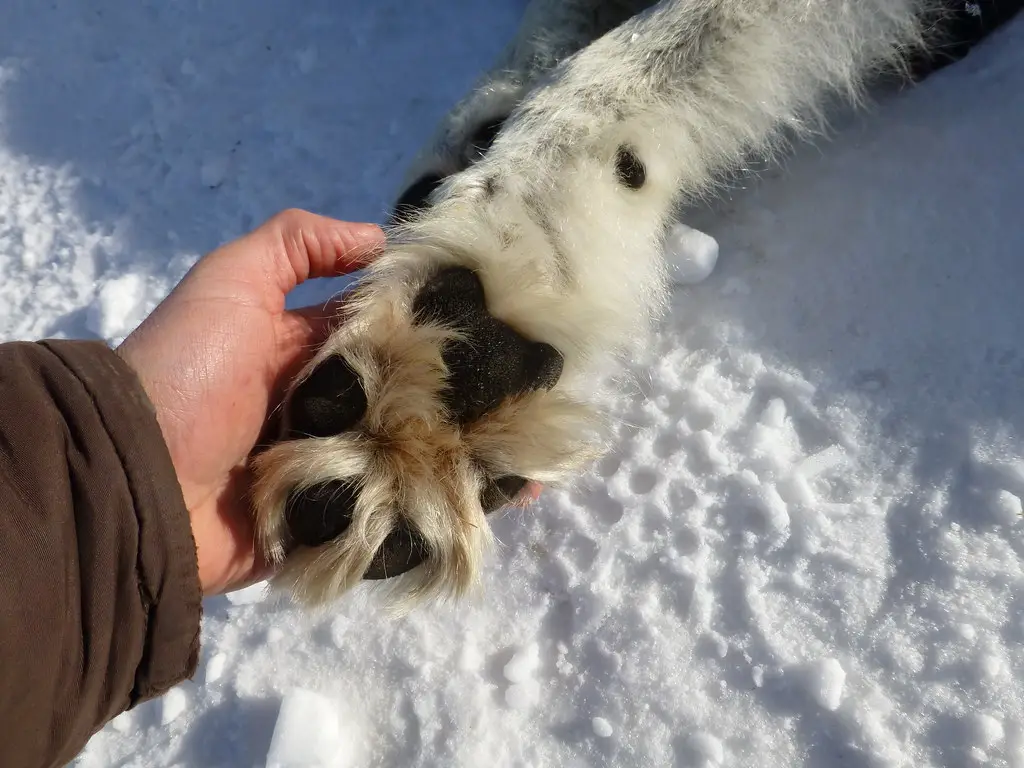
Snow, ice, and salt can irritate and injure your pet’s paws, making regular paw checks a must. After every walk, inspect their feet for redness, cracks, or cuts that could indicate irritation or injury. Use a warm cloth to gently wipe away any debris, such as snow or ice pellets that may have lodged between their toes. Applying a pet-safe balm or moisturizer before and after walks can help prevent their paw pads from drying out and cracking. According to the American Kennel Club, if you live in an area where de-icing salts are common, be extra cautious, as these chemicals can be harmful if ingested. Always rinse and dry your pet’s paws thoroughly after outdoor excursions.
Consider using pet booties as a preventative measure to keep their feet protected from harsh conditions. Be patient during the adjustment period, as some pets may initially find booties uncomfortable. Regular care and attention to your pet’s paws can prevent painful injuries and keep them comfortable throughout the winter.
5. Adjust Their Diet
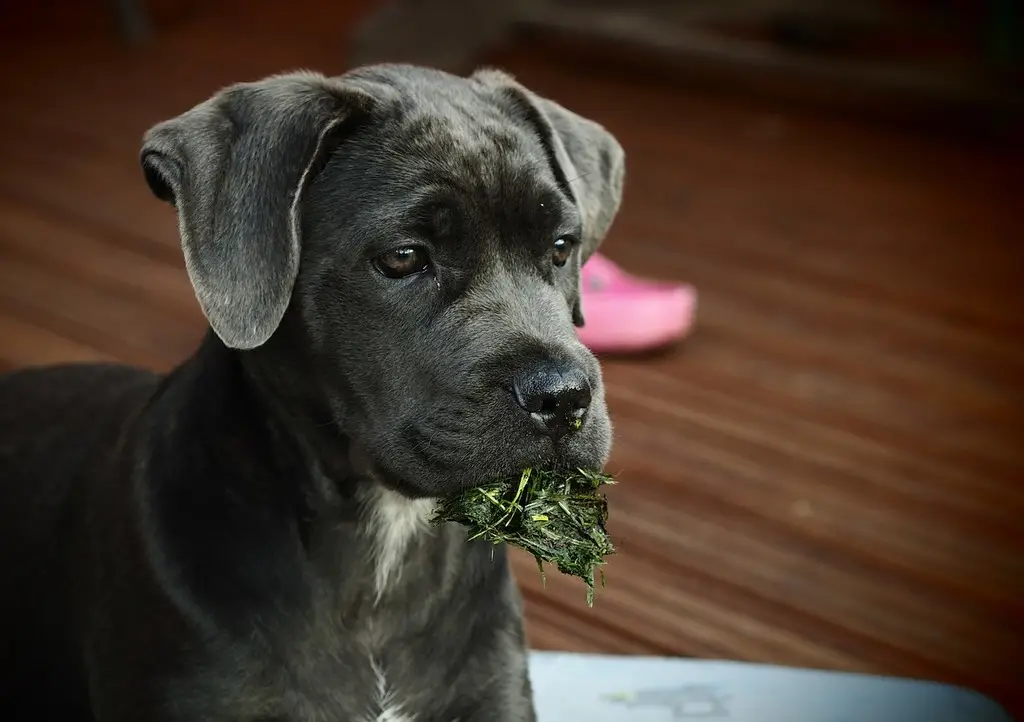
According to the AKC Canine Health Foundation, pets burn more calories to stay warm in cold weather, which may necessitate a slight increase in their food intake. Consult your veterinarian to determine if your pet’s diet should be adjusted based on their activity level and outdoor exposure. Providing nutrient-rich meals ensures they have the energy needed to maintain their body heat. Make sure their water bowl is always full and that the water hasn’t frozen over. Using a heated or insulated water bowl can help prevent freezing in particularly cold areas.
Avoid overfeeding, as weight gain can strain your pet’s joints and reduce their overall mobility. Instead, focus on offering high-quality food and treats to keep them energized and healthy. Monitor your pet’s weight and energy levels throughout the winter to ensure they’re receiving the appropriate amount of nourishment. A well-balanced diet tailored to their needs is a key part of protecting your pet in harsh weather conditions.
6. Keep Them Indoors
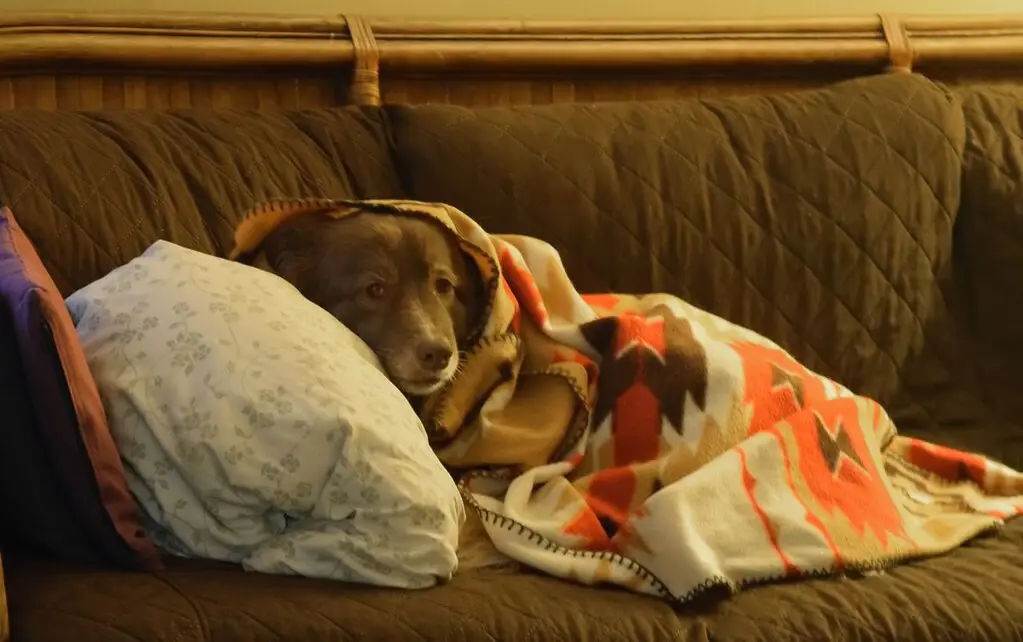
The safest place for your pets during extreme cold is indoors, where they can stay warm and cozy. Create a dedicated space with a comfortable bed, blankets, and toys to keep them entertained and comfortable. Make sure the area is away from drafts, cold floors, or doors that may let in chilly air. Pets are social animals and may feel stressed or anxious if confined for extended periods, so be sure to spend quality time with them indoors. Rotate their toys and engage them in interactive games to prevent boredom.
If you have a fireplace or heating system, ensure it’s pet-proofed to avoid accidents. For pets that are used to spending time outside, gradually transition them to indoor living to reduce stress. Keeping your pets indoors not only protects them from the cold but also provides an opportunity for bonding and enrichment. Their safety and happiness are worth the extra effort during these frigid days.
7. Be Mindful of Heating Sources
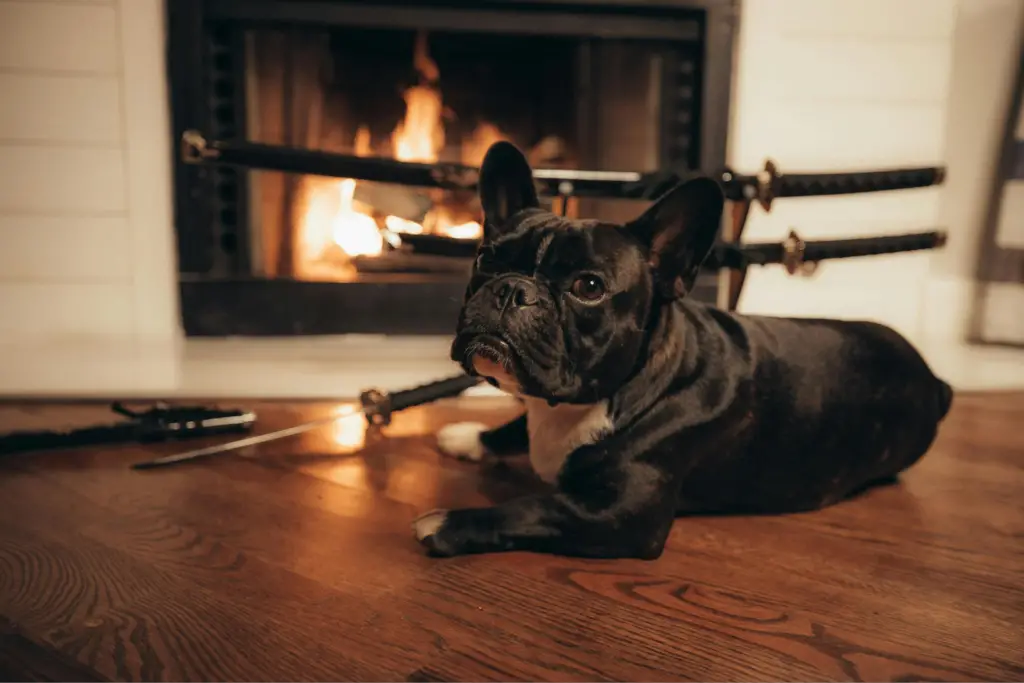
Pets may curl up near heaters or fireplaces to stay warm, but this can be dangerous if proper precautions aren’t taken. Use pet-safe heating pads or beds that provide gentle warmth without the risk of overheating. Keep portable heaters out of reach and ensure they have protective grates to prevent burns or accidents. Install barriers around fireplaces to keep your pets at a safe distance while still allowing them to enjoy the warmth.
If you’re using electric blankets, monitor your pet’s use to avoid overheating or electrical issues. Ensure all cords and plugs are out of reach, as curious pets may chew on them. Check your heating equipment regularly to ensure it’s functioning safely and efficiently. Taking these steps can help you create a warm and safe environment for your pets without the risks associated with direct heat sources.
8. Don’t Leave Them in the Car
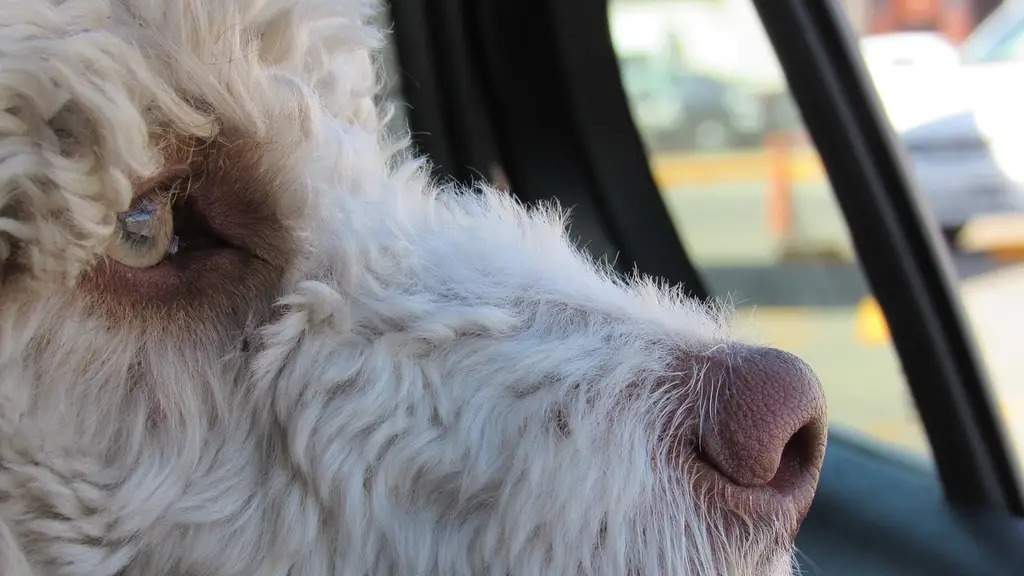
Cars can act as refrigerators in cold weather, quickly dropping to dangerously low temperatures. Even a short trip can put your pet at risk if they’re left unattended in the vehicle. Always bring your pets inside with you or leave them at home if you’re running errands. If you must travel with your pet, make sure the car is adequately heated and monitor their comfort throughout the trip.
Avoid leaving them in the car while you’re parked, even if you think it’ll only be for a few minutes. Pets are particularly vulnerable to temperature extremes, and their safety should always come first. Planning ahead and making arrangements for your pets during outings can prevent unnecessary risks and ensure their well-being.
9. Be Aware of Antifreeze
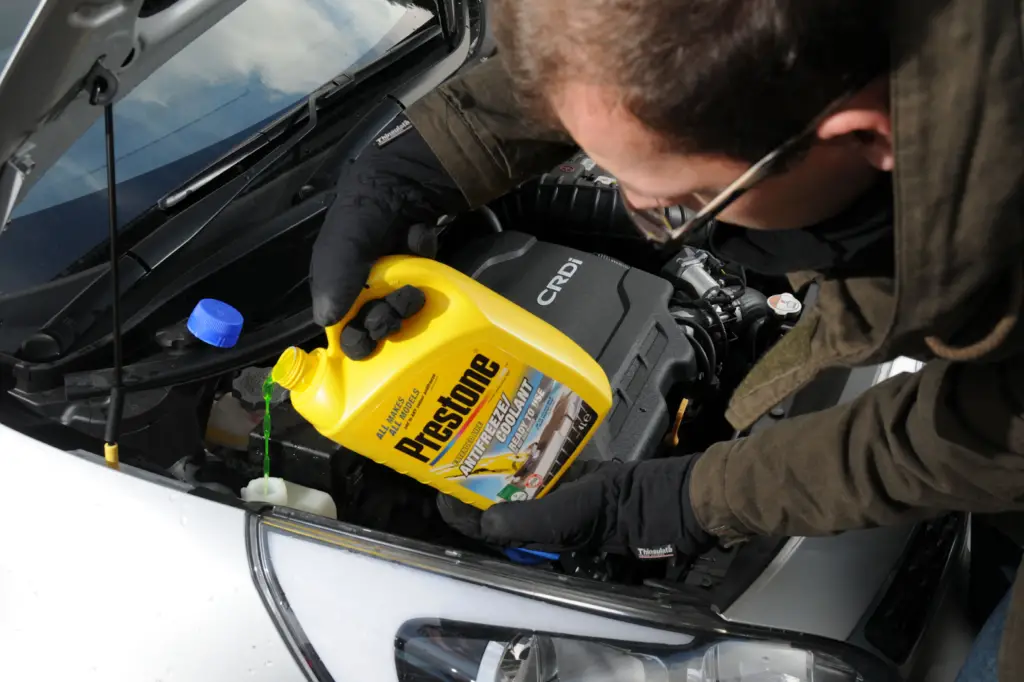
Antifreeze is toxic to pets but has a sweet taste that can attract them. Keep all containers securely stored and out of reach to prevent accidental ingestion. Clean up spills immediately and thoroughly, as even small amounts can be lethal. Consider using pet-safe antifreeze products that are less harmful if accidentally consumed. If you suspect your pet has ingested antifreeze, contact a veterinarian immediately, as this is a medical emergency.
Symptoms of antifreeze poisoning include vomiting, lethargy, and difficulty walking. Being proactive about antifreeze safety can save your pet’s life and prevent unnecessary emergencies. Educate yourself and others in your household about the risks associated with antifreeze to ensure everyone is vigilant.
10. Watch for Signs of Distress

Shivering, whining, or acting sluggish can indicate your pet is too cold and may be in danger. Pay close attention to their behavior when they’re exposed to cold temperatures, as they can’t verbally communicate their discomfort. Frostbite and hypothermia are serious conditions that require immediate attention. Check their ears, tails, and paws for signs of frostbite, such as discoloration or sensitivity.
If your pet shows signs of hypothermia, such as weakness, confusion, or a slow heart rate, bring them inside immediately and wrap them in warm blankets. Contact a veterinarian if symptoms persist or worsen. Regular check-ins and observations are key to keeping your pet safe during cold weather. Taking quick action when you notice signs of distress can make all the difference in protecting your pet’s health and well-being.


